|
Now for the coral round up starting with LPS. The Favia (Gonastrea sp.?) was such a tiny frag when first introduced, just three heads and now who knows how many there are. It has completely dominated the rock on which it was placed and has even expanded on to the sand on the left-hand side. There used to be a gap between the left and right rock structures that was wide enough for the conch to easily pass through but it's gone completely now. I fear that there will be a huge fight soon between it and the Acanthastrea. I did catch the two in contact one morning with mesentarial filaments extended, I'm not sure who instigated it but both survived the encounter and most of the time they coexist nail bitingly close together as seen in the photo below. Neither can be moved as they are well and truely welded to the rockwork. Unfortunately the Cyphastrea to the right of the Favia has not fared so well. A tiny amount is still hanging on right next to the sand (hidden behind the Scolymia) but it's only a question of time before it's overgrown entirely, again it cannot be moved as it's also encrusted onto the rock work. Acanthastrea #2 (lava glow) is slowly getting bigger but is shaded at the back so can really only grow forward. It's looking much better since I fragged the green plating Montipora that's growing above it. I haven't bothered to feed it much recently because the wrasses steal 99% of the food before it's ingested. The original Acantastrea (#1) was really struggling due to lack of light and that was the main impetus for me to take the cutters to the green Montipora. I am happy to say that it's looking a bit better now and starting to regain some colouration. I have been trying to boost it by feeding it but again it's hard to sneak some to it without the beady eyes of the wrasses noticing. The Heliofungia is growing huge now and has filled the left-hand corner of the tank. I can't even fit the whole coral in when taking a photo from above using the lens dipper. When extended the tentacles sway worryingly close to the the orange Dendrophyllia, I haven't seen them make contact yet but the nearest Dendro head has looked damaged so I'm guessing it must have happened at some point. I thought I had killed the Heliofungia recently when I accidentally dropped the algae magnet on top of it but apart from looking shrivelled for a day it seems to have bounced back again (touch wood!) The baby buds continue to do well, despite them being shaded out by 'Mum'. I don't know how many there are but they completely ring the base of the coral. It would be nice if they detached but show no signs of doing so, I daren't try to frag them off as knowing my luck I'd kill the lot of them and 'Mum' too. The Oxypora is a coral that just is, it sits there minding its own buisness, silently growing larger bit by tiny bit. To be honest it's not in the best position and has plated out into and interesting shape to the rear, growing upwards along side the gorgonian. The Scolymia is the coral that immediately draws your eye, I love it and it's so easy to care for. I'm not sure if it's growing but it certainly expands much more than it did on first introduction. I feed it every now and again at night when its tentacles extend. I have seen videos of other Scolys that feed during the daylight hours but mine never shows a single tentacle when the lights are on, perhaps mine can be trained to do so but there's not much point since the ever patrolling wrasses would spoil my fun. I am forever vigilant to its well being and do sometimes worry when, on the occasional day, it's not as big. It's the most I've ever spent on a coral so losing it would be a hard blow. Then it'd be no more Scolys for me. The Lobophyllia was the first LPS coral to be added to the tank (along with Acan #1). Initially it was placed on the sand in the middle of the tank but I was advised to move it due to its aggressive nature (stinging all other corals in the vicinity) so I moved it to the front left-hand corner and then the right-hand corner but no matter where it went the snails kept knocking it over. In the end I had to glue it down to the base rock in the rear right-hand corner of the tank, tucked away from pretty much everything. The lighting is not great down there and it's got worse since the corals have 'grown in' so it's not surprising that growth has been minimal. Over the months (years now) the Utter Chaos zoanthids have marched their way ever closer to it (and everything else for that matter!) I fully expected the uber aggressive Lobo to keep them in check but no, when contact was finally made the Lobo did nothing at all. So the zoanthids just kept coming until the whole left hand side of the coral was hidden under a matt of polyps. Eventually I took pity on the Lobo and removed the encroaching zoanthids it was only then that I discovered the that Lobo had split into two separate heads. This coral is clearly made of tough stuff! The most problematical of all of my LPS corals has been the Balanophyllia. It was the first non-photosynthetic coral that I introduced to this tank, I chose it mainly because it was a single head hence small and I'd never kept one before (I had kept Tubastraea sp. in the past and found them easy to care for). It started off looking fantastic but gradually the tentacles would extend less and less and the flesh began to recede at the base. I tried everything that I could think of to make it happy. I moved it to different locations in the tank in case it was a lighting issue (too bright perhaps?) or maybe it was flow related. I tried feeding it more frequently and also less frequently but still it continued to decline. Eventually I pulled it from the DT and sat it on a frag rack in the sump so that I could take better care of it. However as the months passed by still nothing much changed, it just hung on and looked rather sad. I tried all sorts of different food stuffs in the hope of stimulating it to open as it once did but the tentacles remained short and stubby or often absent entirely. I must admit there were periods when I would ignore it entirely but I always came back to it determined not to give up. Finally after much chopping and changing I settled on a different feeding regimen, instead of offering it small amounts of food regularly (daily or every other day) I changed to offering food only twice a week at which times I would swamp it. On Wednesdays I would offer it a good amount of LPS pellets and on Sundays it would get a smorgasbord of frozen food, reef roids and coral frenzy all soaked in Selcon. It now looks better than it has done for absolutely ages (I've had it for just under two years now), the change was gradual, the tentacles extend a reasonable amount and recession has stopped, in fact I think it may have even grown a little. The bulge on the right-hand side of the head in the photo below is where the tip of the coral used to be. At one time the flesh receded right to the top and it lost tentacles on one side. Now it has a full ring of tentacles that extend, if not as much as before but definitely much improved. The colouration isn't as good as it once was so I assume I still haven't got the nutrition quite right but hey baby steps. As you can see the hitchhiking bivalve that came attached to the base of the coral is still alive and growing. In addition, the rock base has gained quite a few 'friends'. There are a number of ball anemones, sponges, fan worms, vermitid snails (of course) and even three baby Tubastrea polyps that have settled out on to the base. I'm at the point now where I'm thinking of introducing the coral back into the DT but hesitant to do so in case it starts to fade once more. In comparison to the Balanophyllia the Sun coral (Tubastrea sp.) is easy to care for, feed it and it will grow (and reproduce!), it's released planulae larvae more times than I care to mention. The whole tank is littered with baby sun polyps now. They have settled out all over the rocks, on snail shells, in the weir, on the pump heads and even on the siporax in the sump to mention a few places. There are now too many to target feed so I am leaving them to fend for themselves. I haven't been feeding every head of the main colony like I used to so it may be a little smaller than it used to be. At least that's what it looks like when I compare it to the older photos, it's either that or it wasn't fully extended when I took the most recent photo. From what I've read the heads do not share nutrition so if one doesn't get fed it fades away; I'm not exactly sure how true that actually is however. The first baby sun polyp that I discovered in August 2017 is just over 1.5 years old, wow! It's still just a single head but seems to have developed a calcified base now. To be honest I'm quite surprised it's still alive as I haven't target fed it for ages, it's probably been over a year since I offered it food. It just got too difficult with the Seriatopora growing above it and also it became obscured by (those rather annoying) Utter Chaos zoanthids. Clearly it must be in a position to be able to capture enough food to keep it going. The black sun coral (Tubastrea micrantha) seems to have well and truly settled in to life in my tank. It looks really amazing at night, I know that for most people that's not their cup of tea but come on it does look cool, right? I have seen it start to tentatively extend some tentacles during the day after the fish have been fed so if I offered some food to it directly then I think it would extend during the day. If only it weren't for those pesky wrasse, lol. I couldn't say if it has developed any new heads yet but the flesh has been encrusting downwards to the rock on which it's attached so I take that to be a good sign. Amazingly a while back I found a couple of baby black sun polyps lying in the sump. I think these have developed from bits of flesh that fell off the main coral after my disastrous fragging attempt. I thought about trying to rescue them and fix them to a small rock but decided I had enough mouths to worry about already so they will have to take their chances in the sump. The two Dendrophyllia are doing great, popping out new heads slowly but surely. The yellow one started with 3 heads and now has 14 and the orange one has gone from 3 to 9. Unfortunately there is a small problem with the orange one as I mentioned above, the head of the Dendro closest to the Heliofungia does not fully expand its tentacles any more and sometimes it looks a bit damaged. I should move one of them but the Heliofungia is too large to go anywhere else and the Dendro has just grown down and made contact with the rockwork plus it looks fantastic alongside the yellow one and there's not much space elsewhere for it either, arrggh! That's it for now, I think I'll tackle the inverts update next before moving on to the rest of the corals.
0 Comments
Time for a proper tank update starting with the fish. Sadly Rocket the Red Spotted goby vanished on the 29th December 2019. In the few days prior to his disappearance he hadn't been eating as vigorously as normal, did he die from old age or was there some other reason (perhaps refugium related)? I had him for just over a 18 months. This means I'm down to just one nano goby now in the form of Hop the Nudus goby. Hop was one of the first fish to be added to this tank in December 2016, he was introduced along with a female Nudus goby and a Red Striped goby. His mate passed on after 15 months and the Red Striped goby after 22 months. Hop has been with me for 27 months at this point so I'm worried how long he has left. The clock is ticking, I really wish nano gobies had a longer lifespan. I can't always locate him every day as he spends a lot of time hidden in his sandy burrow but he usually pops out for food whenever he feels like an extra snack. Even when he's not been target fed his belly always looks rounded so he must be finding plenty of pods to munch on when underground. Edna the Possum wrasse (Wetmorella tanakai) has been with me for just over 2 years and 2 months now. She's quite secretive but much bolder now that the corals are a bit bigger. She flits from rock to rock when the light is at its peak but can be found swimming out in the open when the lights are dimmer. She loves PE mysis above all other frozen food and will home in on the bigger pieces even if they do take several 'chews' before she is able to swallow them. Kylie the Pink Streaked wrasse (Pseudocheilinops ataenia) was added next so she has been a resident for 2 years and 1 month. Another model reef tank inhabitant, slightly more active than Edna, loves to hunt for 'pods'. Her favourite food is fish eggs which she will take straight from a pipette. I wish I could find her (him?) a mate but whenever I see another Pink Streaked wrasse in a shop I wimp out in case it's the wrong sex. Rei the Yellow wrasse (Halichoeres chrysus) has been with me for a year and a half and has grown enormously. I still think of her as female but she has transitioned into a male now. If I'm totally honest this fish is too big for the tank and really needs to be moved on. I'm just not sure if he could be caught that easily, sometimes I just have to sneeze near the tank and he vanishes with a puff of sand. Tinker and Belle the Pintail wrasse pair have been with me for 16 months and they are still going strong. I did fear that I might be asking for trouble introducing two of these fish as females of this family have a reputation for changing into male in captivity and this almost always results in all out war with another male. So far, I am relieved to say this has not happened. Will it happen in the future? I do not know. Tinker regularly displays to Belle and occasionally chases her around the tank when he's feeling moody, most of the time however they co-exist quite peacefully together. These fish love to eat and will try to consume as much of the food as they possibly can before the rest of the fish can reach it. Jessie, the Rainford goby is the most recent introduction, I've had him for just over 6 months now and he is the most enchanting fish, totally peaceful and not at all shy. He naturally gives way to the larger wrasse when they come barreling past or at feeding time but he is always waiting at the top of the tank (along with the male Pintail wrasse) to try and grab as much food as he can. He can often be found sifting sand, pecking copepods off the back wall and to a lesser degree, eating hair algae. That's the lot, every now and again I toy with the idea of adding one more fish but I am hesitant to upset the status quo. All of the fish get along and are healthy so I should be content with that, right?!
My next update will be corals. |
AuthorHi, my name is Lisa and I live in Derby, UK. I am a self-confessed reefaholic! Archives
July 2022
Categories
All
|
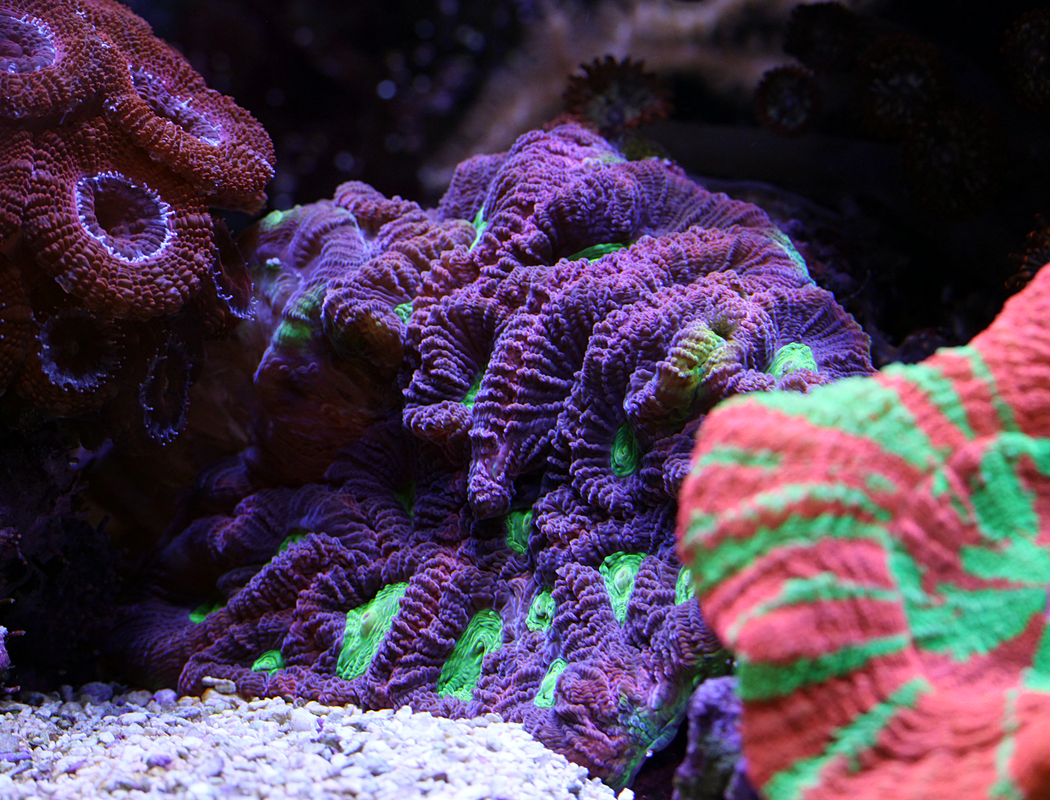
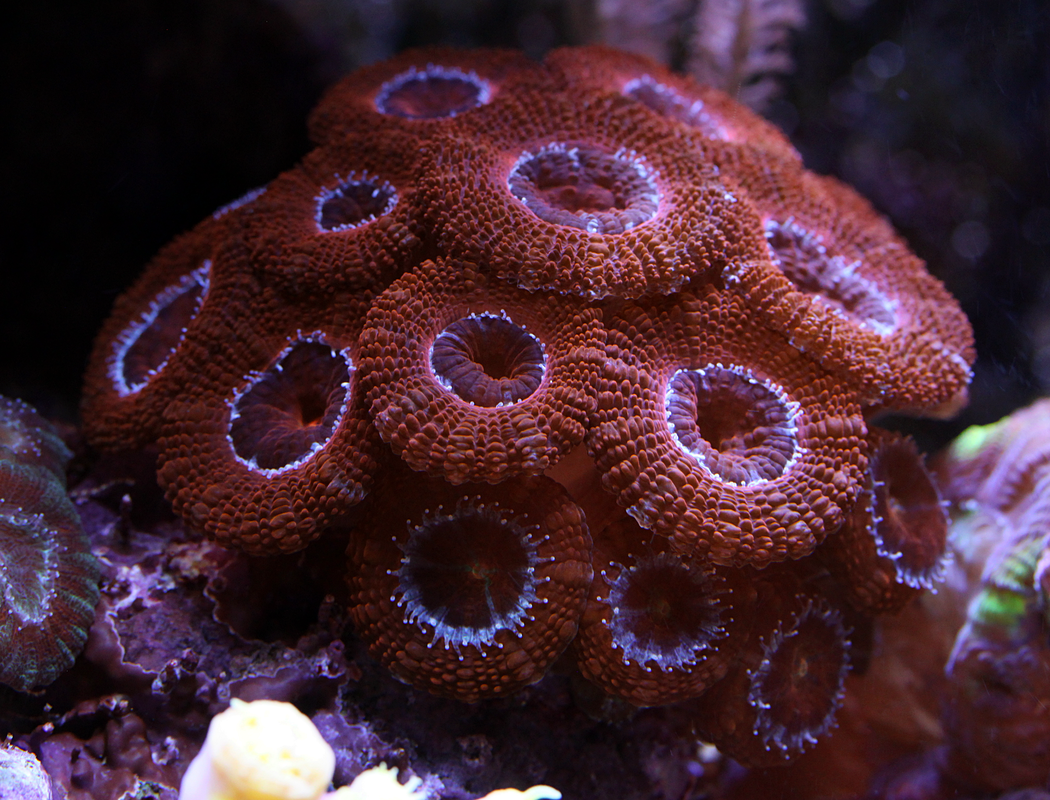
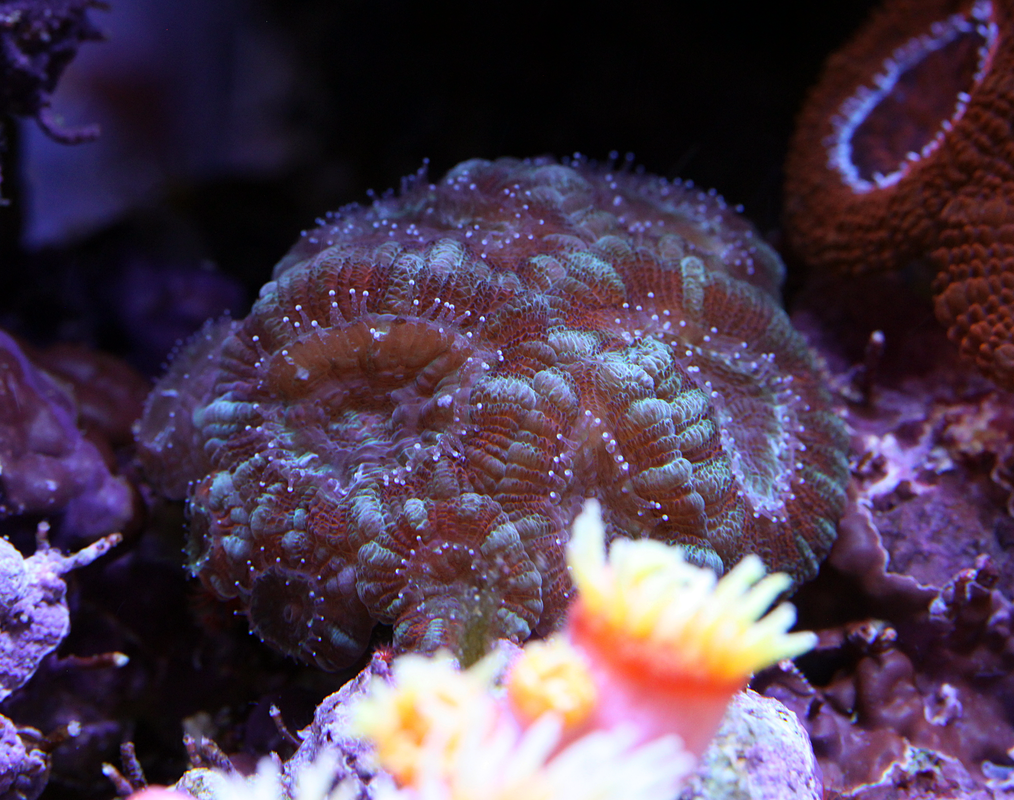
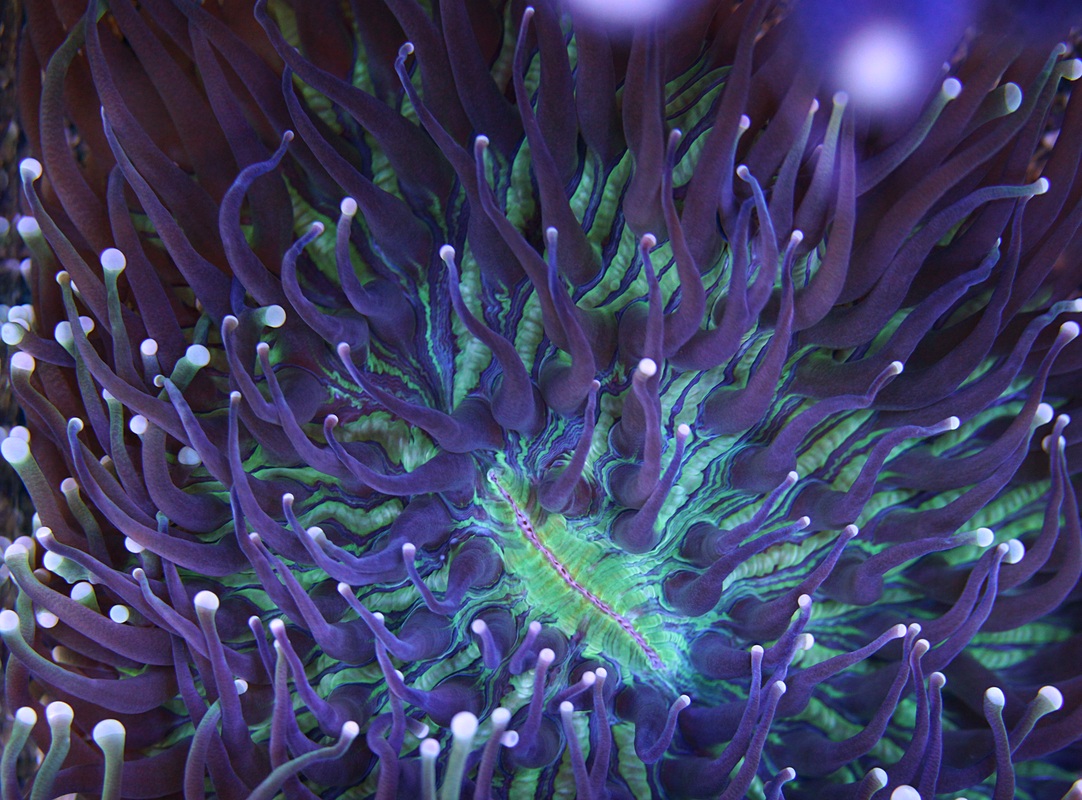
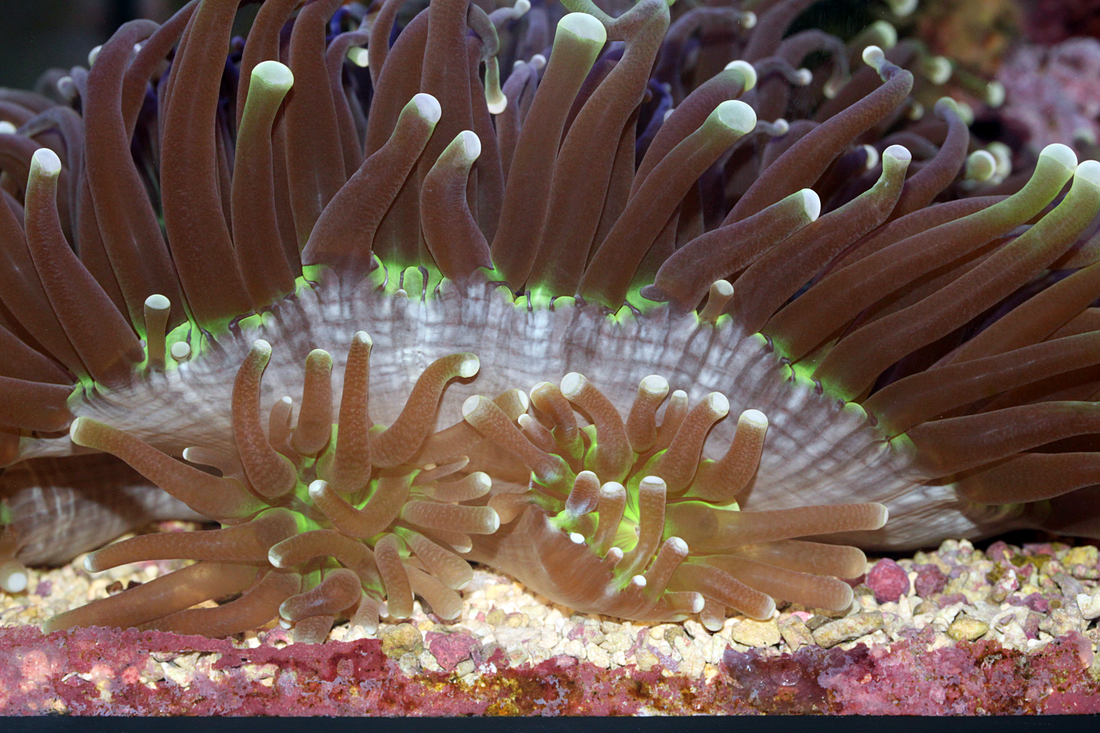
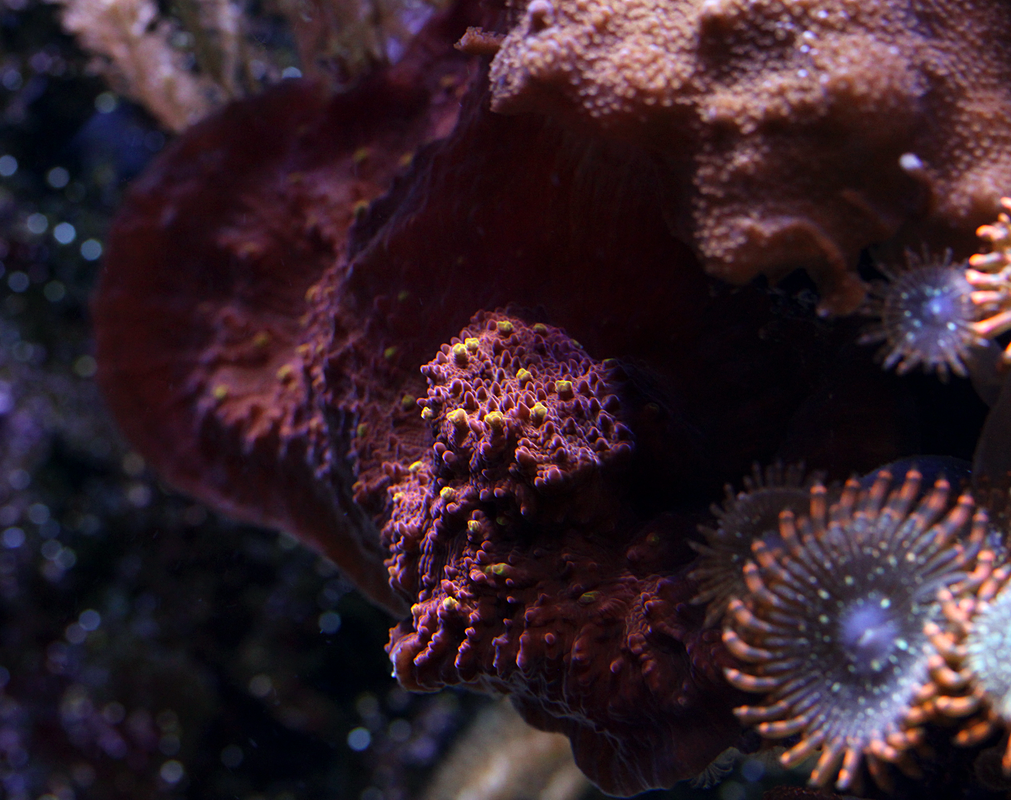
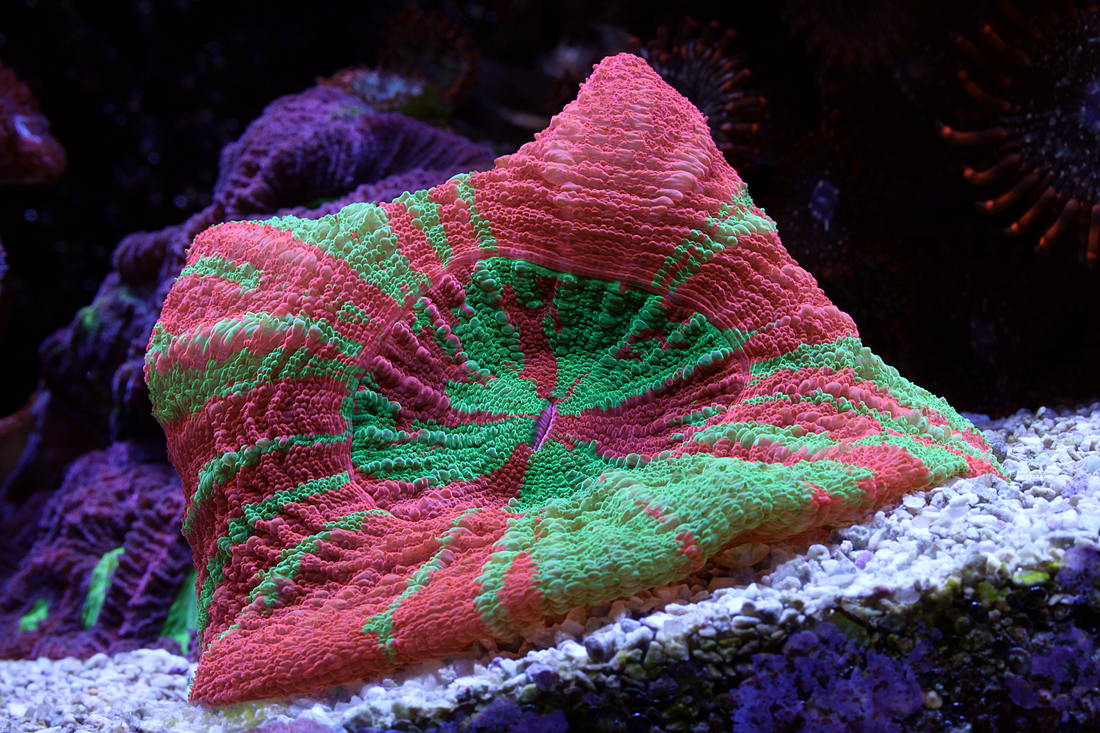
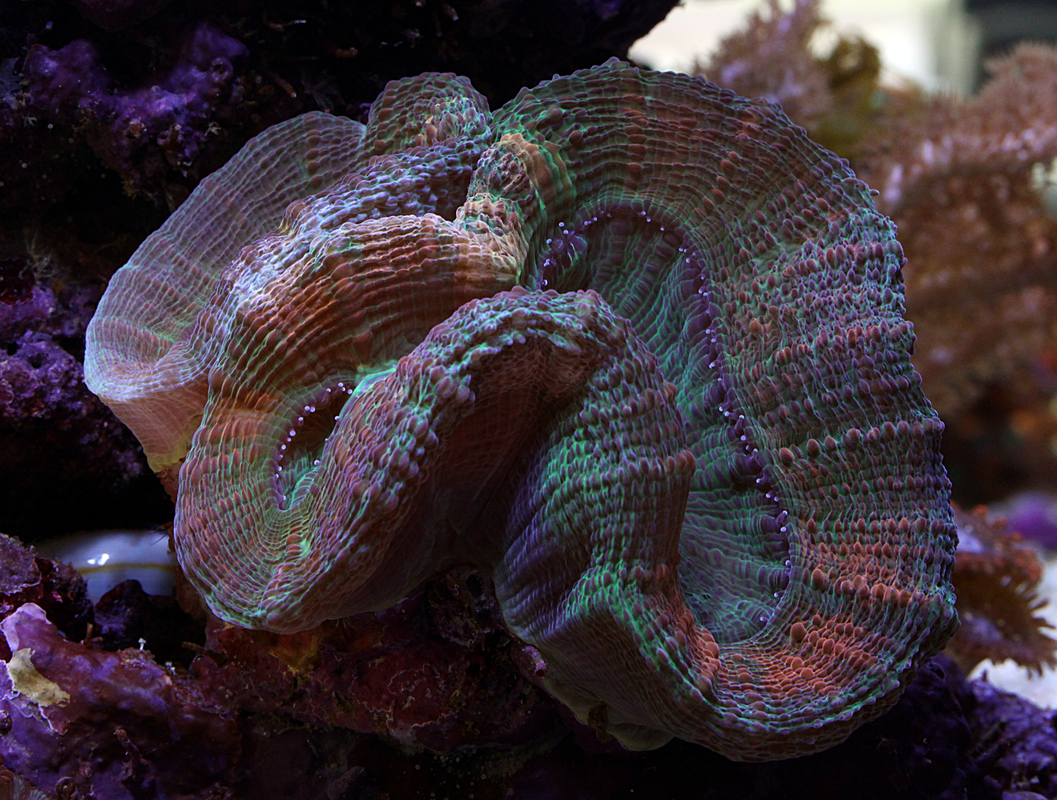
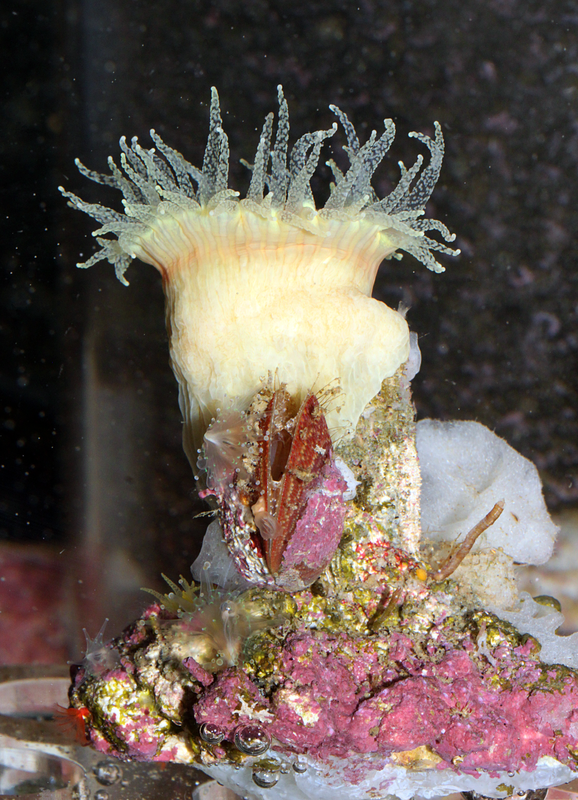
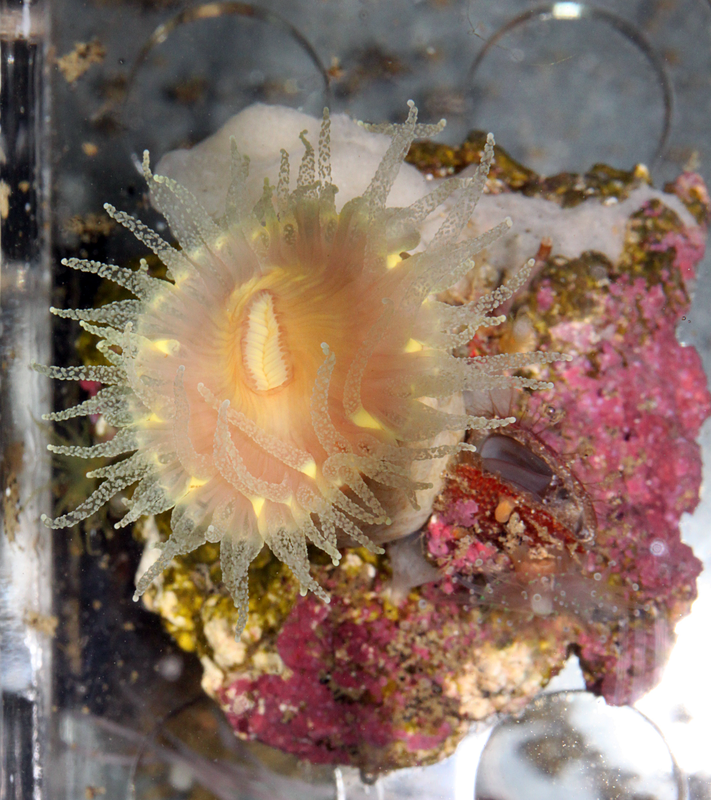
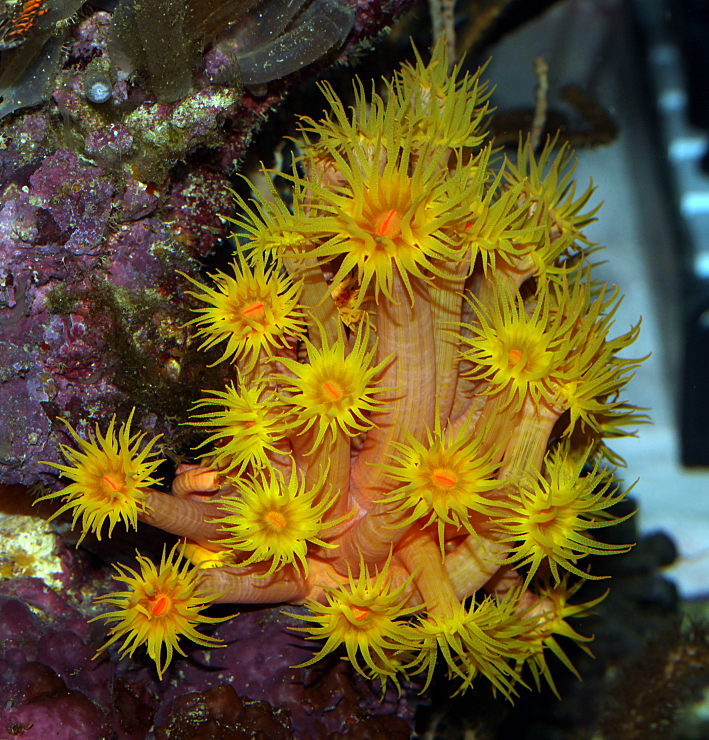
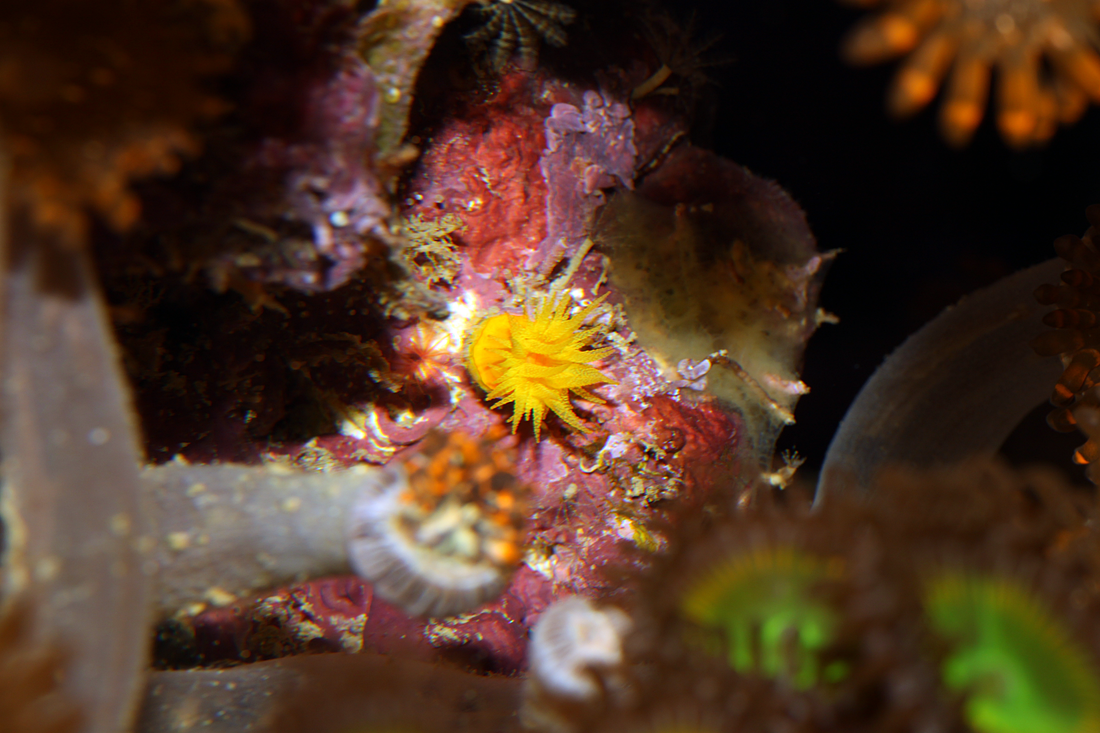
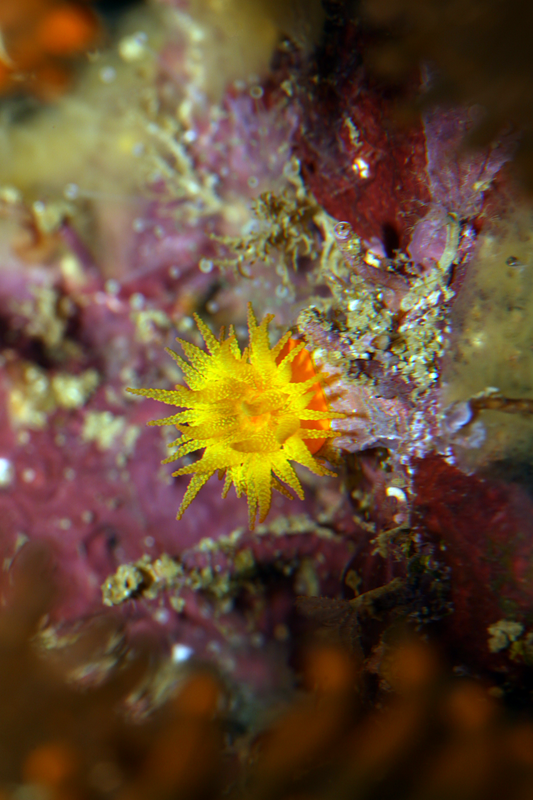
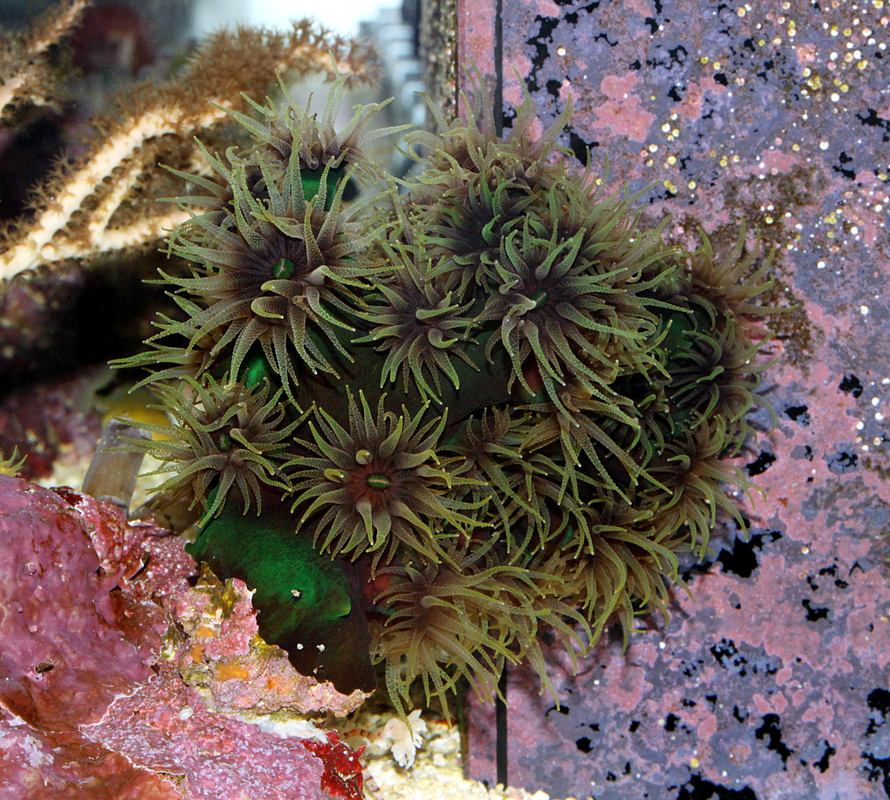
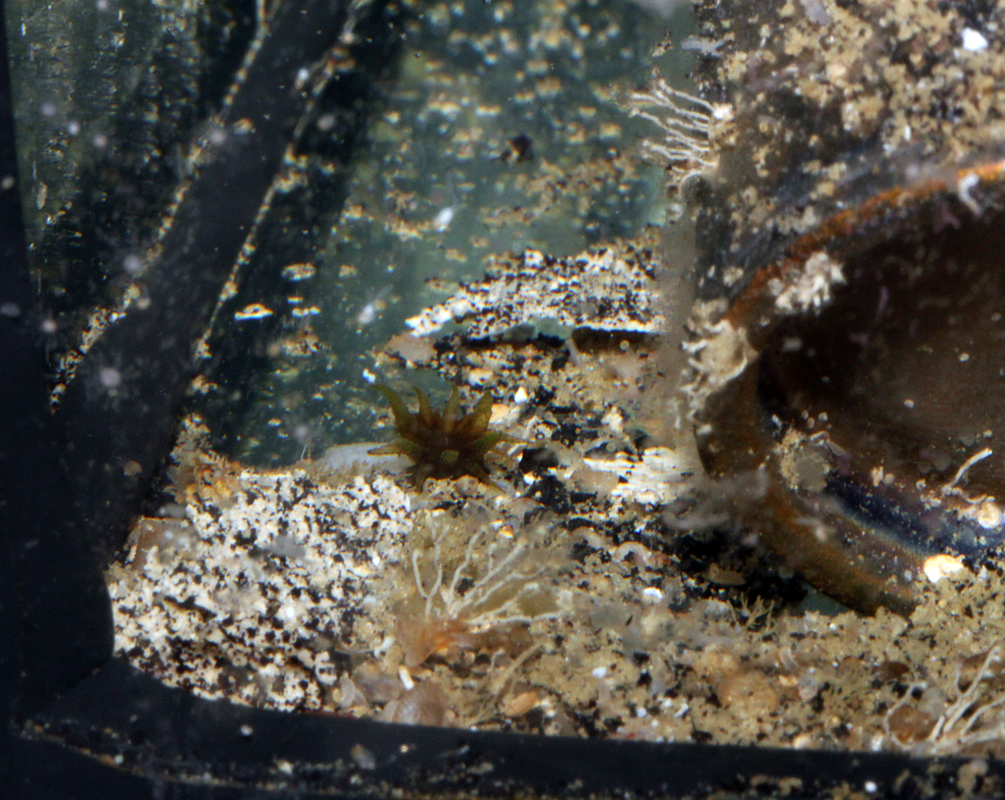
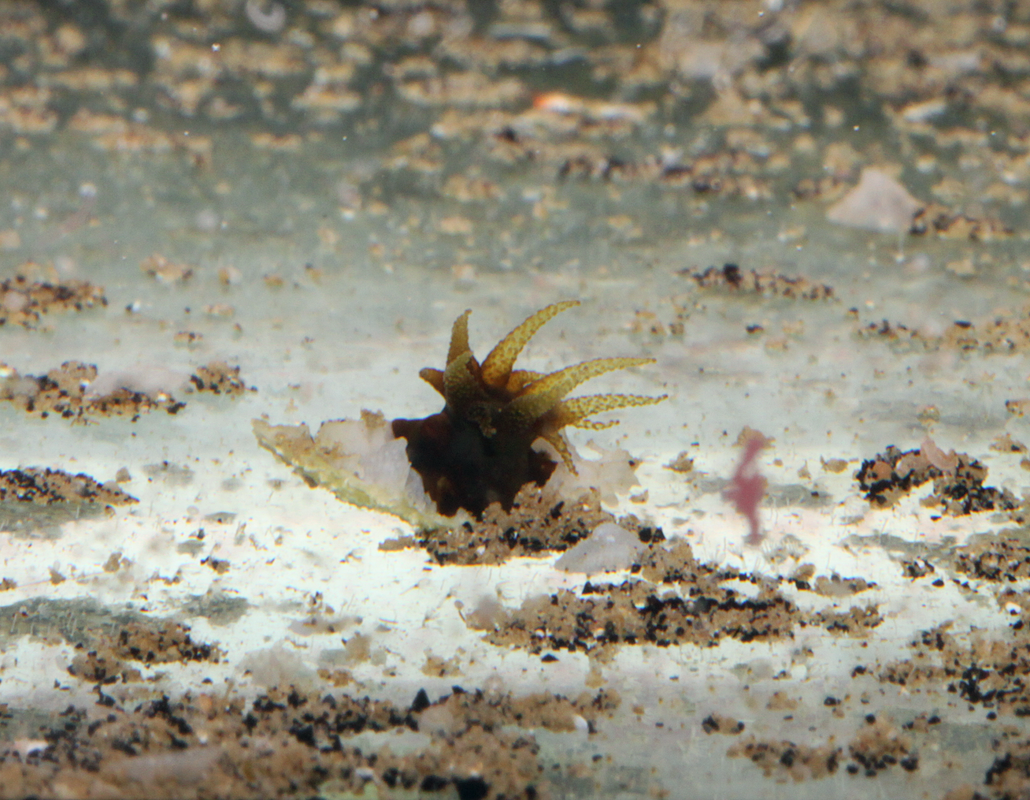
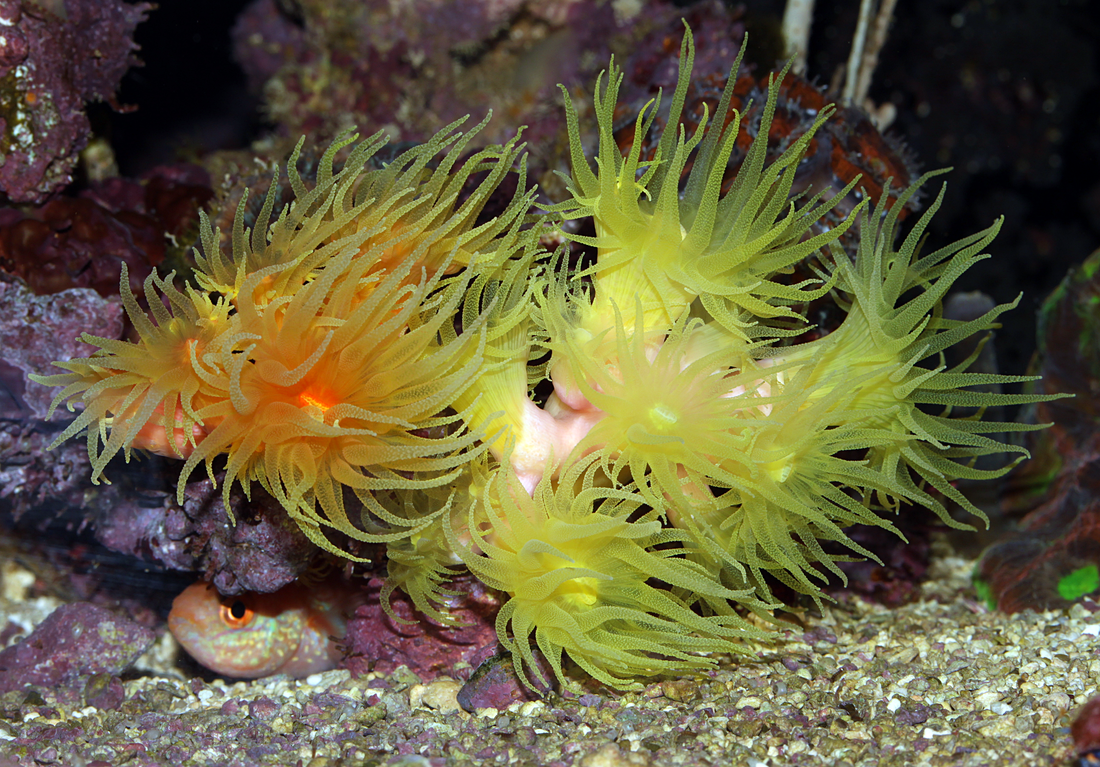
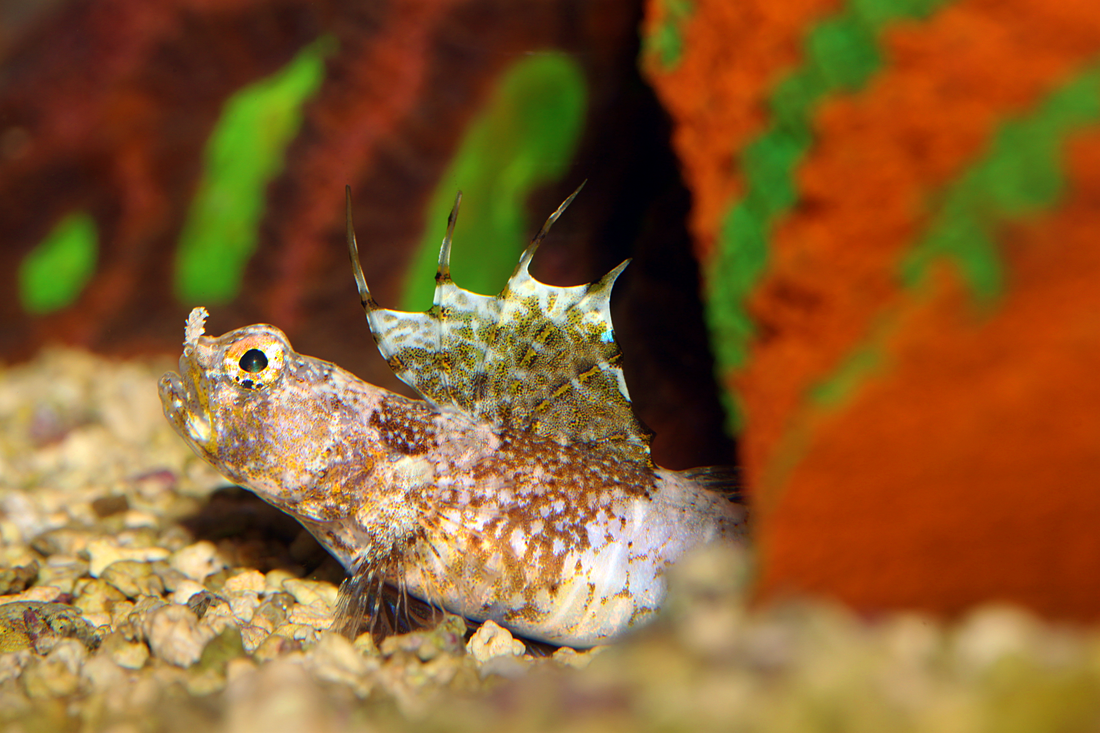
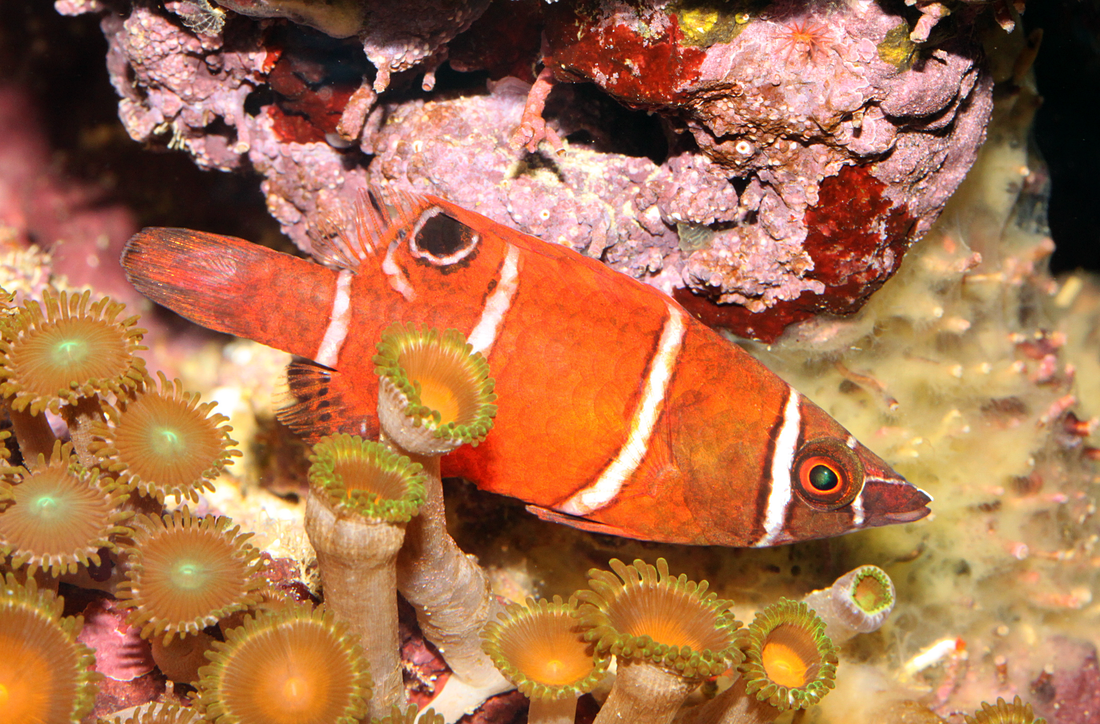
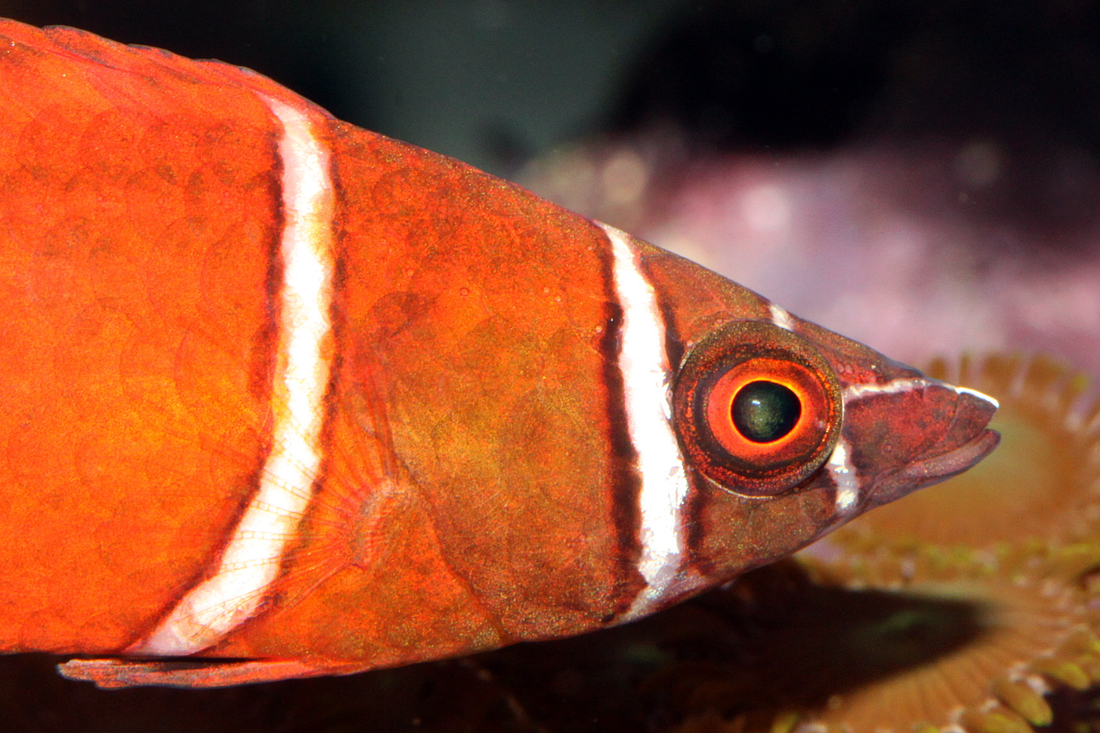
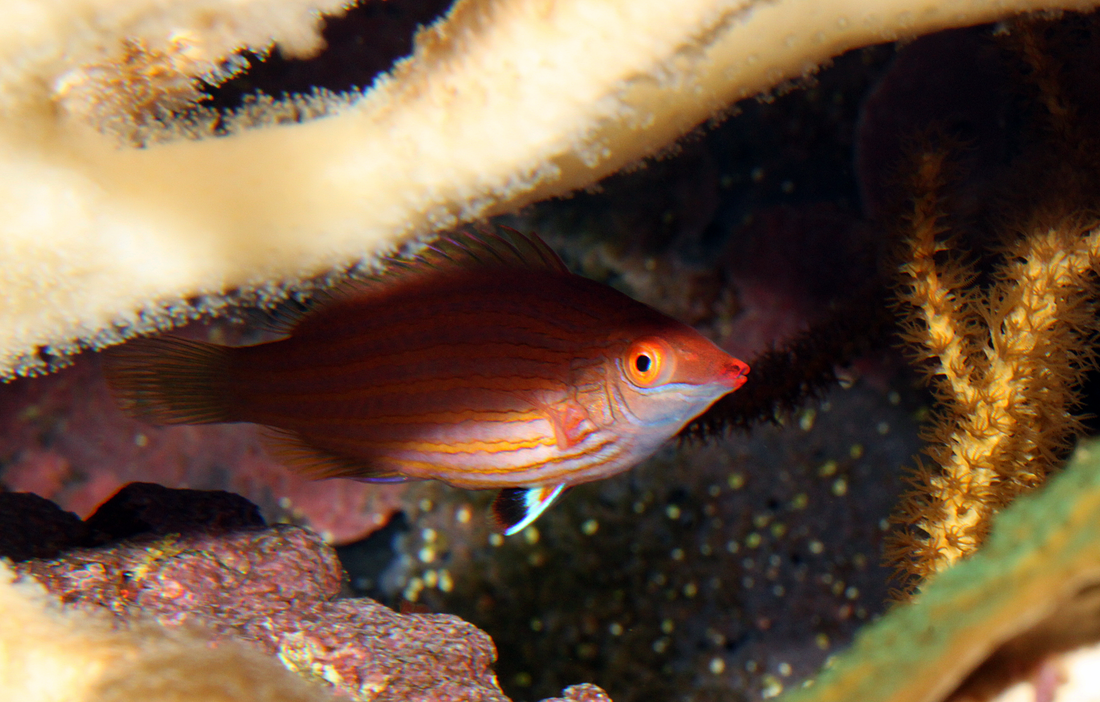
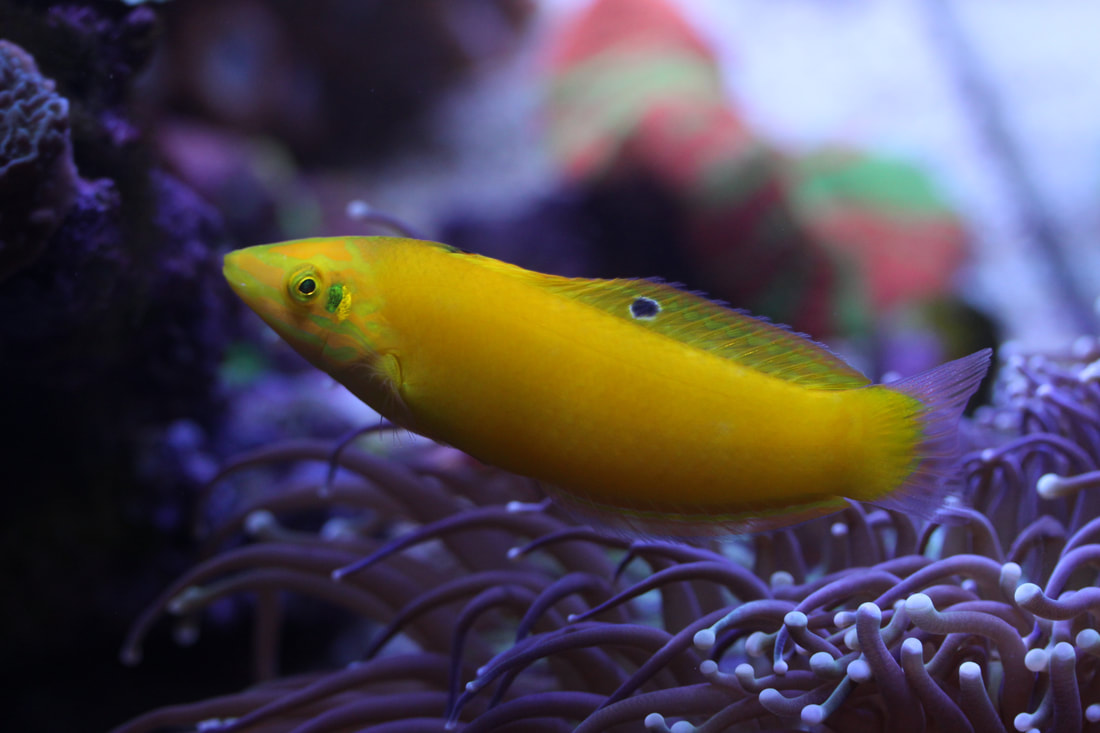
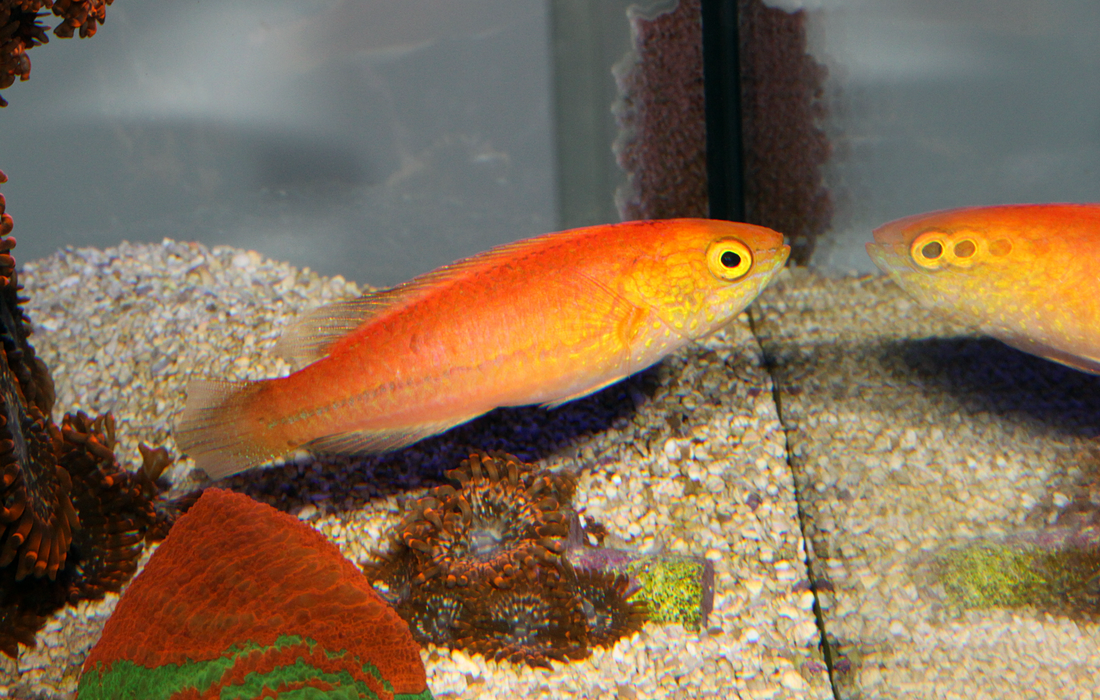
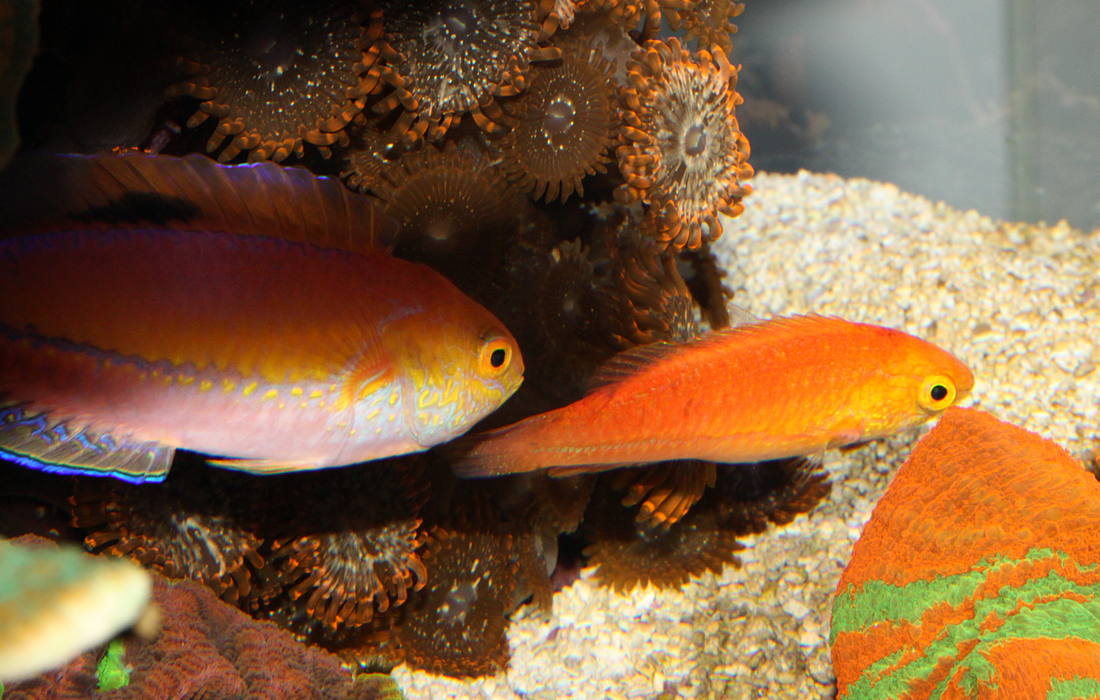
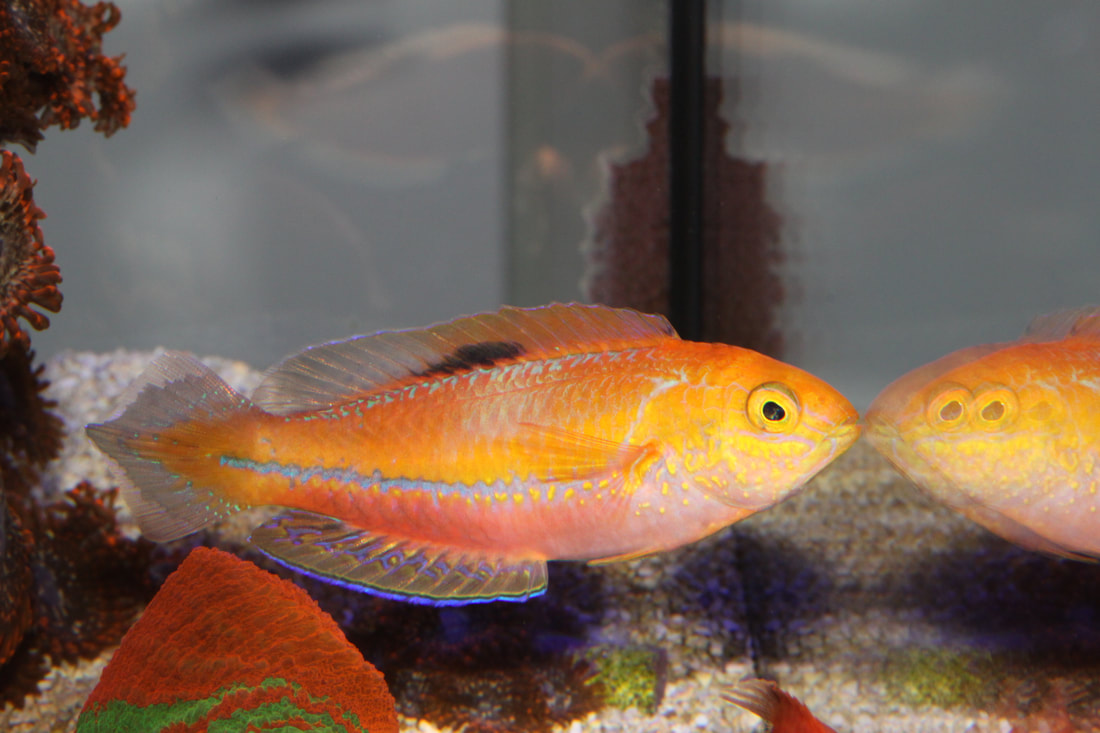
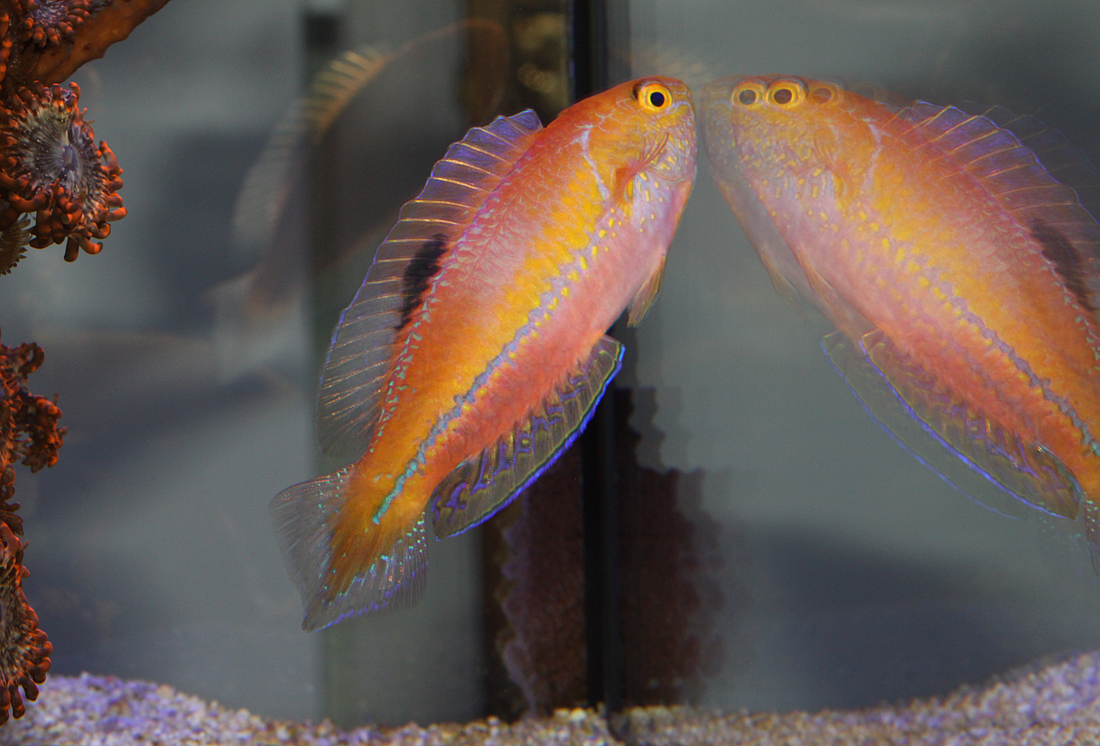
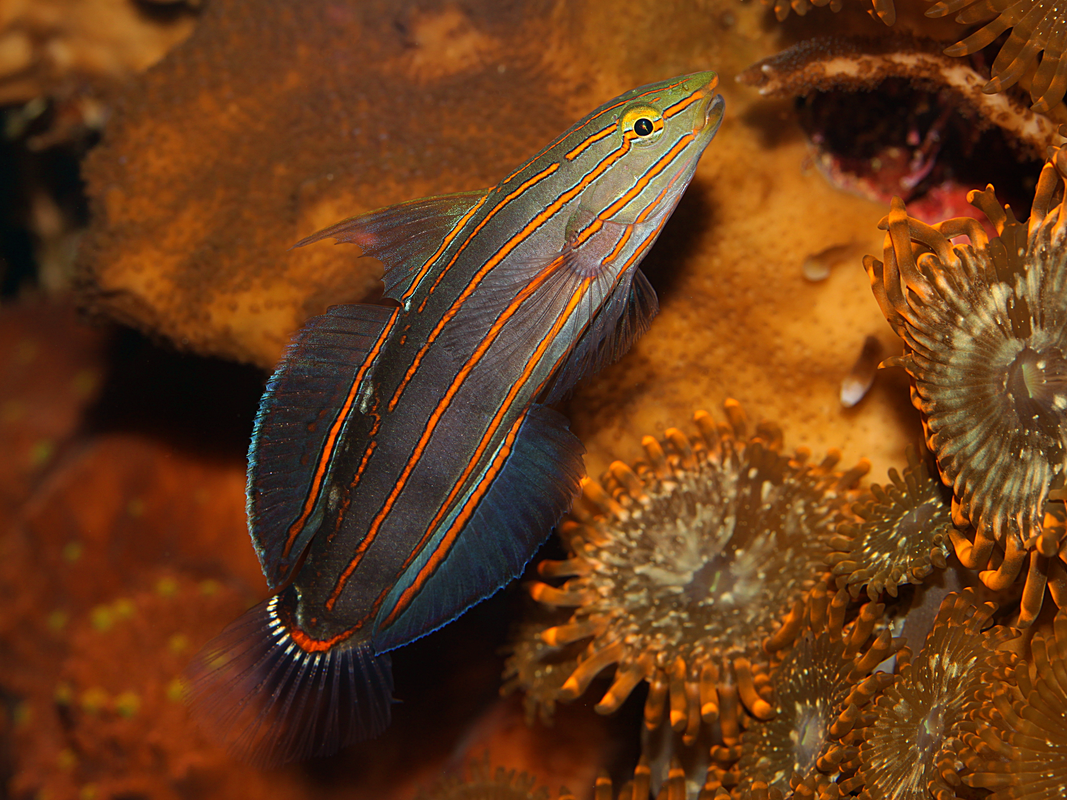
 RSS Feed
RSS Feed
